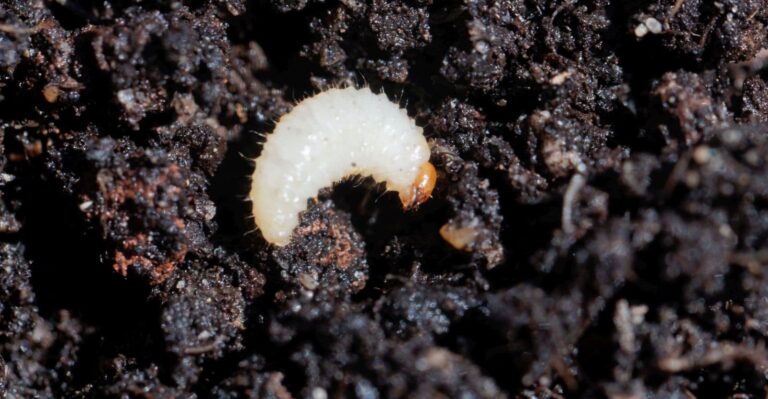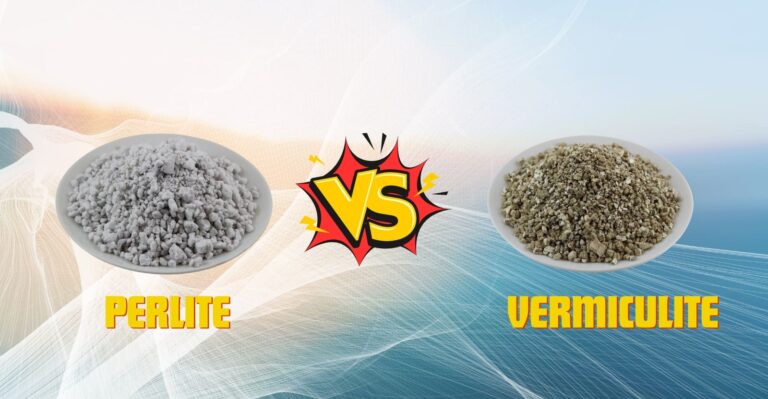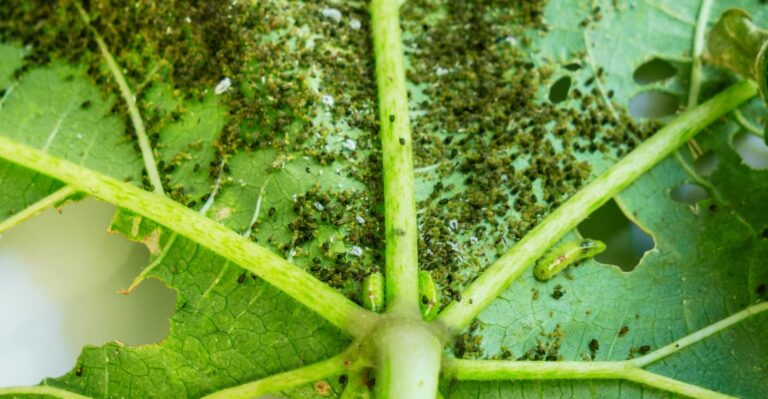Amazon has put together some great Home Gift Deals – save money and get your shopping done at the comfort of your home! Click here to see deals on Amazon
When you’re planting a new raised garden bed, you want to ensure you’re doing it right. This is more important on wood-made raised garden beds. The more effectively you use your wood planter liner, the better the results will be.
The advantage of a wood-made planter is that it deters pests, provides constant moisture to the plants, and is attractive to look at. Installing and using a liner is easy if you know what the suitable materials are.
If you want to know how to make your wood planter box last long without restricting the types of plants you can grow, we have answered the most common questions asked by everyone.
Let’s start with the basics.
Should you line a wooden planter?
There are several benefits of lining a wooden planter, but sometimes, it may also not be worthwhile doing so. The main reason for lining is to extend the life of the wooden planter and prevent leaking any contamination from the treated wood to the edible plants.
The lining prevents the water and fungi from contacting the planter wood and reduces the risk of wood rot. The physical barrier also stops the leakage of any chemicals from treated wood into the garden soil.
Consider the following reasons when deciding whether to line a planter:
Need not to line a wooden planter:
Line a wooden planter:

How do you keep wooden planters from rotting?
The best way to keep wooden planters from rotting is to line them with different materials. A high-quality lining separates the moisture and fungi, increasing the planter life. The liner can be made of different materials and comes in different price ranges.
Follow these strategies to keep your attractive wood planter from rotting:
- Line the deck planter with high-quality materials. You can choose one depending on the durability, ease of installation, and customizability.
- Keep soil loosely compacted to improve the air circulation inside the plants. This helps with the plant growth while reducing any signs of rot to the planter.
- Don’t overfill planter with soil. Keep the soil within a couple of inches under the lining level.
- Annually clean by removing the soil and wiping around commercial sealer areas to reduce the moisture soaked in the wood that prevents wood rot.
- Wipeout out the soil and dead plant leftovers from the sides and clean them with chlorine bleach. This kills small insects such as termites and fungi from the wooden board to prolong the planter’s life.
- Planter needs an adequate drainage holes to remove excess water as they don’t do well when soaked in a puddle of water. Proper draining also helps with soil fertility and reduces the root rotting of small plants. You can use a power drill to make a few holes.
- Use commercial potting soil designed to use in pressure-treated lumber planters. These specialized soils are formulated with vermiculite, perlite, peat moss, and compost, providing essential nutrients to your plants. This reduces the water needed to irrigate your plants that in turn reduces the wood rot.
What is the best way to line a wooden planter?
There are several different ways to line a planter box. But for most people, there are two common ways to line on a planter material.
The first is to use a line made of landscape fabric, draping over the container then tucked into the bottom. The second is to use a liner made of plastic or other material that you must cut to fit the container and secure it around the planter.
It’s important that regardless of which line material you choose, you should ensure that water drains out of the bottom of the planter.
The lining should be at least one inch up the sides of the container and two to three inches deep. This will allow the proper drainage, prevent root rot and solve gardening fungal problems. You can also apply a coat of waterproofing liquid inside to safeguard the wood box.
Here are some line materials that are available in the market.
Plastic planter liner
Plastic is a cheap and readily available option when it comes to installing a liner. It comes in a different thickness. The thicker plastic sheet liner, usually six millimeters or more, is more durable.
If you want DIY plastic liners, you can use a large black sheet of plastic garbage bags. You can also use a drop sheet plastic and lay them around the planter. To keep decorative planter wood remains visible, you can choose a transparent plastic liner.
Installation of the plastic liners is more manageable than other materials. You need to wrap it inside around the planter and cut it to the desired size. You can buy commercial-grade plastic wood planter liner from the local garden store or order it directly from Amazon.
Flexible Rubber Made Membrane Liner
Rubber-made liners are a bit more expensive than plastic liners, but they’re also easy to install. Flexible rubber allows you to cut it to any custom planter shape without needing any specialized tool.
I always find it much easier to install it during warm sunny days as it keeps the rubber soft and flexible for installation. After laying it down inside the planter, you should staple it or clip it to the wood so it doesn’t move.
If your budget allows it, you can install a self-adhesive rubber liner that you can dry-fit around the planter while making sure there is no water leak. Keeping it tightly fitted and letting it overlap around the corners prevents the rubber from shifting when filled with heavy soil. You can order it directly from Amazon.
Metal made liner

For a large planter size, the metal-made liner such as copper or galvanized material liner is the best option. These are strong and durable and can bear a large soil load without cracking or shifting.
Copper-made metal liners are sturdy and don’t rust. They’re also easy to install as you can bend them to some extent without cracking. But this comes at a price and usually cost more than other liner material option.
As a cheaper option in metal, you can pick galvanized liner that is also rustproof. They’re equally durable but somewhat tricky to install.
These metal-made liners come in different sizes. So, before you order it, make sure you know the planter size so you can order the correct size.
Fiberglass made liner
Fiberglass planter liners are an effective way to add color and beauty to your garden while preventing any rot. These are ideal for protecting and storing plants in pots and, once installed, can last for years.
But Fiberglass is brittle and can easily break. It’s better to use on custom planters that already have fiberglass liner installed. Due to the custom order, it’s a bit expensive. Also, it’s not easy to install, so I don’t recommend it to new gardeners.
Is it safe to paint a wooden planter box with plants already planted in it?
Many people are very particular about which paints they use on their plant pots. Some are looking for a paint that will last the entire season, while some want something biodegradable, and others are just looking to have a little fun with their plants.
You can safely paint a planter box even when it has been planted. The key is to use paint that doesn’t contain harmful chemical ingredients such as lead.
Using paint made of water-based preservatives is usually safe to use. But as a downside, these don’t stick well to the wood and have to be painted frequently.
Conclusion
As you now know, there are a lot of different wooden planter liners and window sills available on the market, each with its pros and cons. To find the best one, you should consider the types of plants you will be growing and the size of the planter.
You can also choose a planter that is less likely to rot, such as those made of cedar woods, and have a waterproof sealant already applied to it.

Don’t forget to share this post







